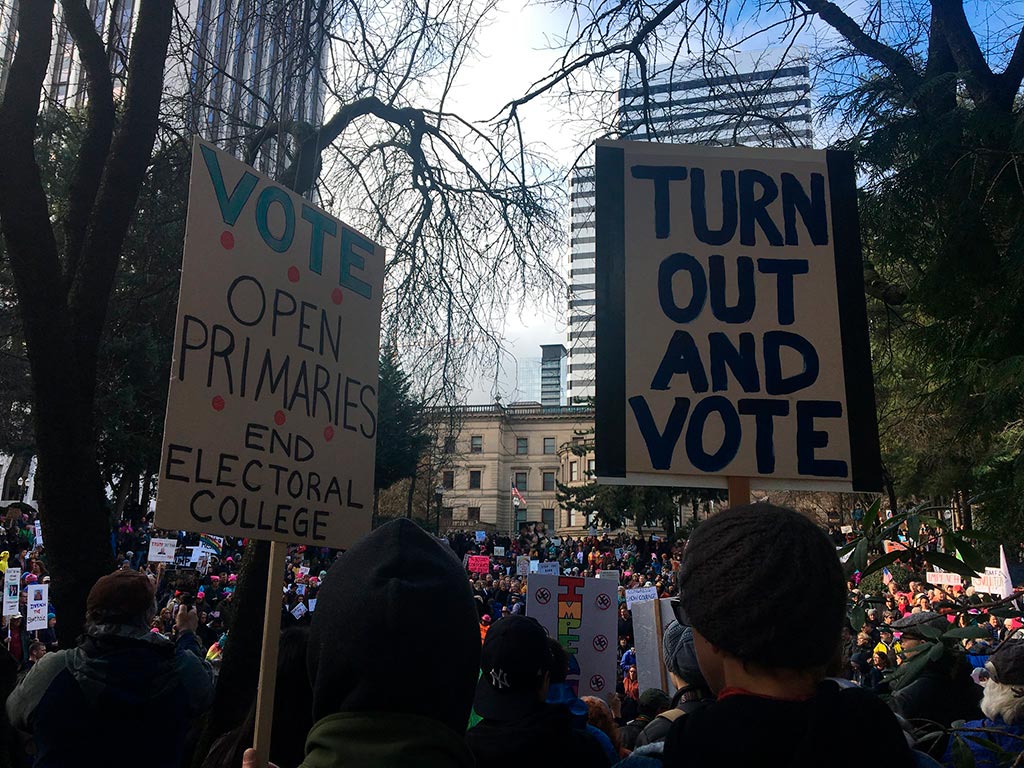
The US may end losing a President if the investigation launched by the Democrats in the House of Representatives leads to an impeachment, although such an outcome would be unlikely owing to the Republican majority in the Senate. What it has certainly lost, and for some time now, is a centre ground. The superpower is not alone in this, because the polarisation of Western societies is a characteristic of the times, something that Donald Trump has been able to exploit and may continue exploiting. Indeed, against a background of polarisation the impeachment attempt may work in his favour. The Speaker of the House of Representatives, Nancy Pelosi, is well aware of this, hence her caution before the gravity of the case came to light.
A different situation prevailed 30 years ago. But today US citizens/voters inhabit, sometimes physically, two different worlds, two different camps, with little contact between the two, certainly not through what is known as the mass media. Each has its own media. And each has its own socioeconomic conditions, although cultural factors also play a part, as the sociologists Pippa Norris and Ronald Inglehart have discovered.
The Wall Street Journal has published some interesting graphs showing how the US economy has also split between blues (Democrats) and reds (Republicans): ‘America’s political polarisation is almost complete’, it argues. ‘Its two main political parties increasingly represent two different economies. And they barely overlap’. The Democrat districts account for 63% of GDP; Republican districts for 34%. A decade ago, according to the graphs, median household income was about the same for each party. Since then, it has grown almost 17% in Democrat districts, while falling 3% in Republican ones. And the evolution of industry and university education (for which the millennials have incidentally indebted themselves for life) has a great deal to do with this. The working-class and rural electorate, now Republican, was neglected by the Democrats and Trump succeeded in wooing it. The fact is that a split has emerged between the rural world and the metropolitan one, between poorly-educated white men and the rest, between the young and old (in the US, unlike Europe, there are as many millennials as baby boomers, who have stymied the millennials’ life prospects).
Although it is too early to be sure, the moderate Joe Biden seems to be running out of steam in the Democratic primary race, and the Trump/Ukrainian scandal may cause him to lose more. For now the running is being made by the slightly more radical (by US standards) Elizabeth Warren, advocate of free universal healthcare (such as we have in Europe), although she has no clear explanation of how she would pay for it. With taxes levied on the rich, of course, but also on the middle classes, something that, in principle, undermines her electability, a crucial concept in this process. In the run-up to the elections in November 2020, Trump would prefer to face Warren –for reasons of polarisation– than Biden, a representative of moderation, hence the scandal of looking to Kiev for help in delving into his and his son’s weaknesses.
Trump won the electoral college in 2016 but lost, by almost three million ballots, the popular vote. Consider that a senator (there are two per state) in highly-populated and wealthy California represents 20 million people, whereas in much poorer Wyoming it’s just 290,000. And this inequality is reflected in the electoral college votes, where those who really elect the President generally reflect the states, and Trump holds the whip hand in the smallest and most rural. A study by the University of Texas quoted by the The Guardian comes to the conclusion that if the election is decided by less than 2% (2.6 million votes), the probability of the loser (Trump) getting to the White House is 32%. If it’s decided by less than 1% (1.3 million votes), it would be 47%. In other words, despite all that is going on, it would be unwise to underestimate Trump. The disappearance of the centre and the polarisation of the institutions –evident in the first steps towards a possible impeachment– work in his favour.
A year is an eternity in politics, especially with an incipient slowdown in the economy and the issue of the possible impeachment already on the cards. All of this is damaging his image. Trump still seems to retain the support of the white working class in the decisive states that have endured industrial decline for the past 40 years, however. On the other hand, the impact of his trade war with China is making itself felt on farming. For now the Republicans are closing ranks, but who knows? They ended up ditching Richard Nixon in his day. According to some opinion polls, voters are split about the impeachment investigation, but those in favour have multiplied and are now more. If the attempt founders, Trump and polarisation may emerge strengthened. If Trump retains the White House in 2020, many things will have changed in the US and the world. If not, even the Republicans supporting him now will quickly forget him. But polarisation and its causes will persist for the foreseeable future. Over the medium and long term – who knows?


